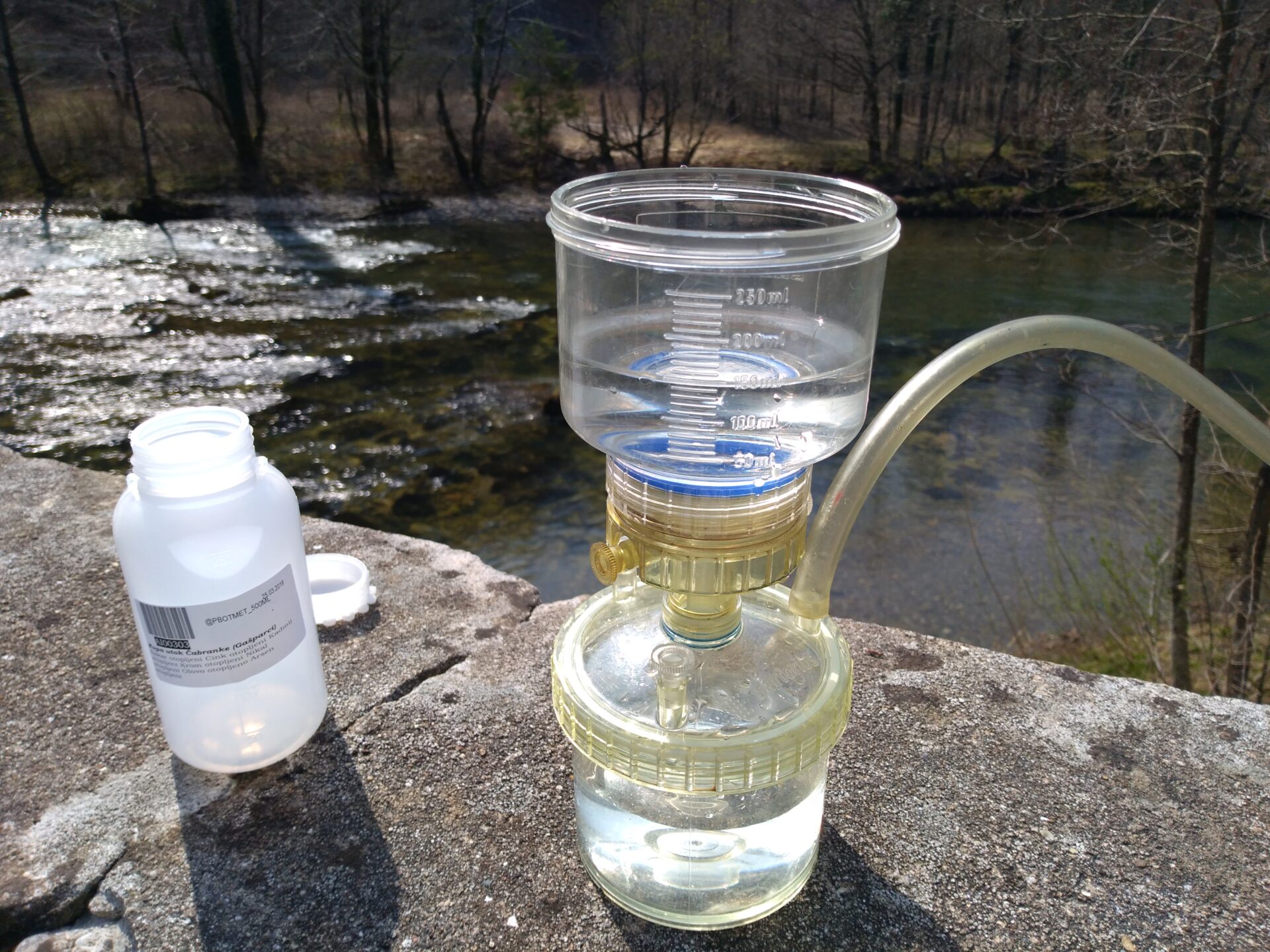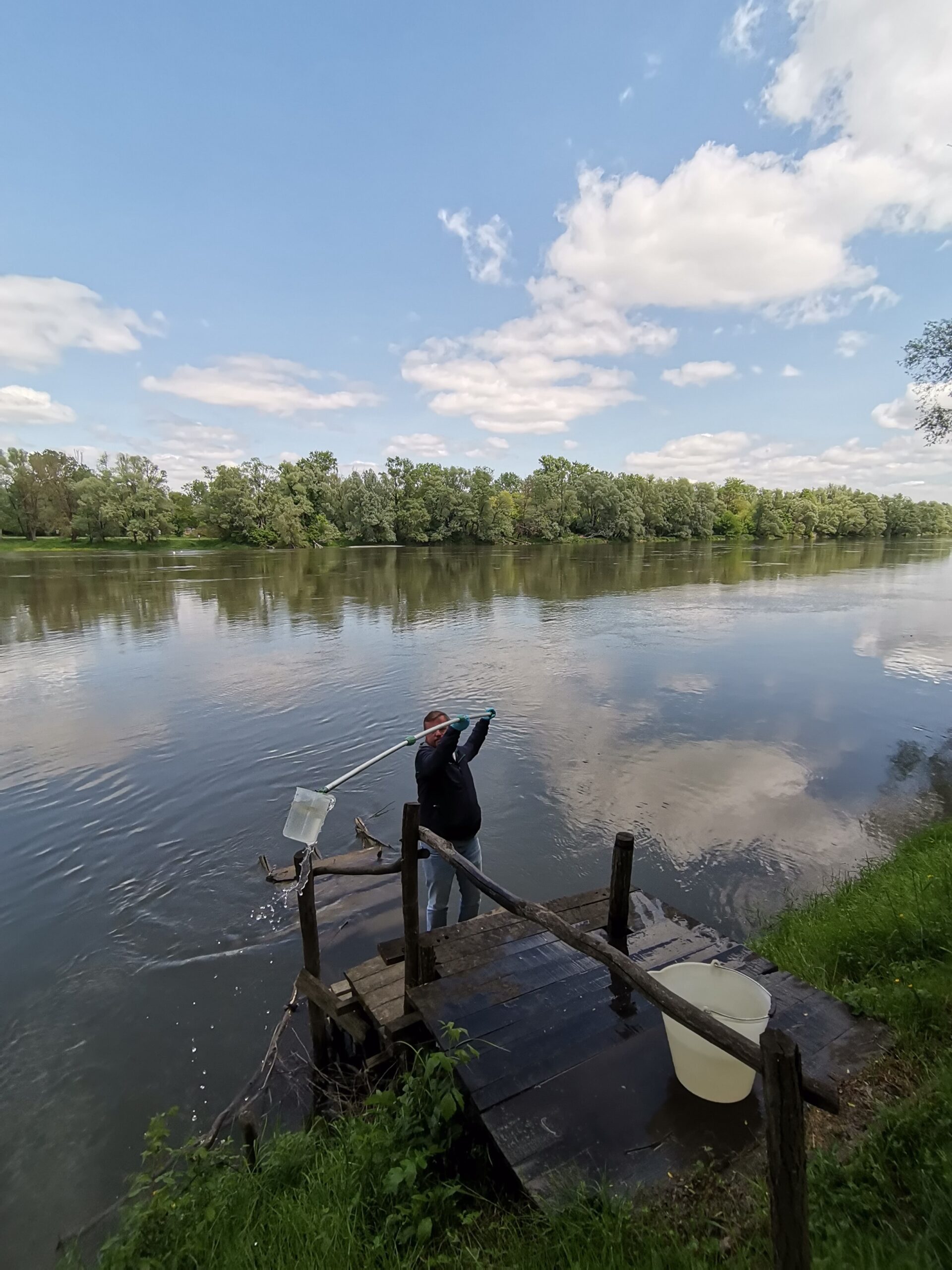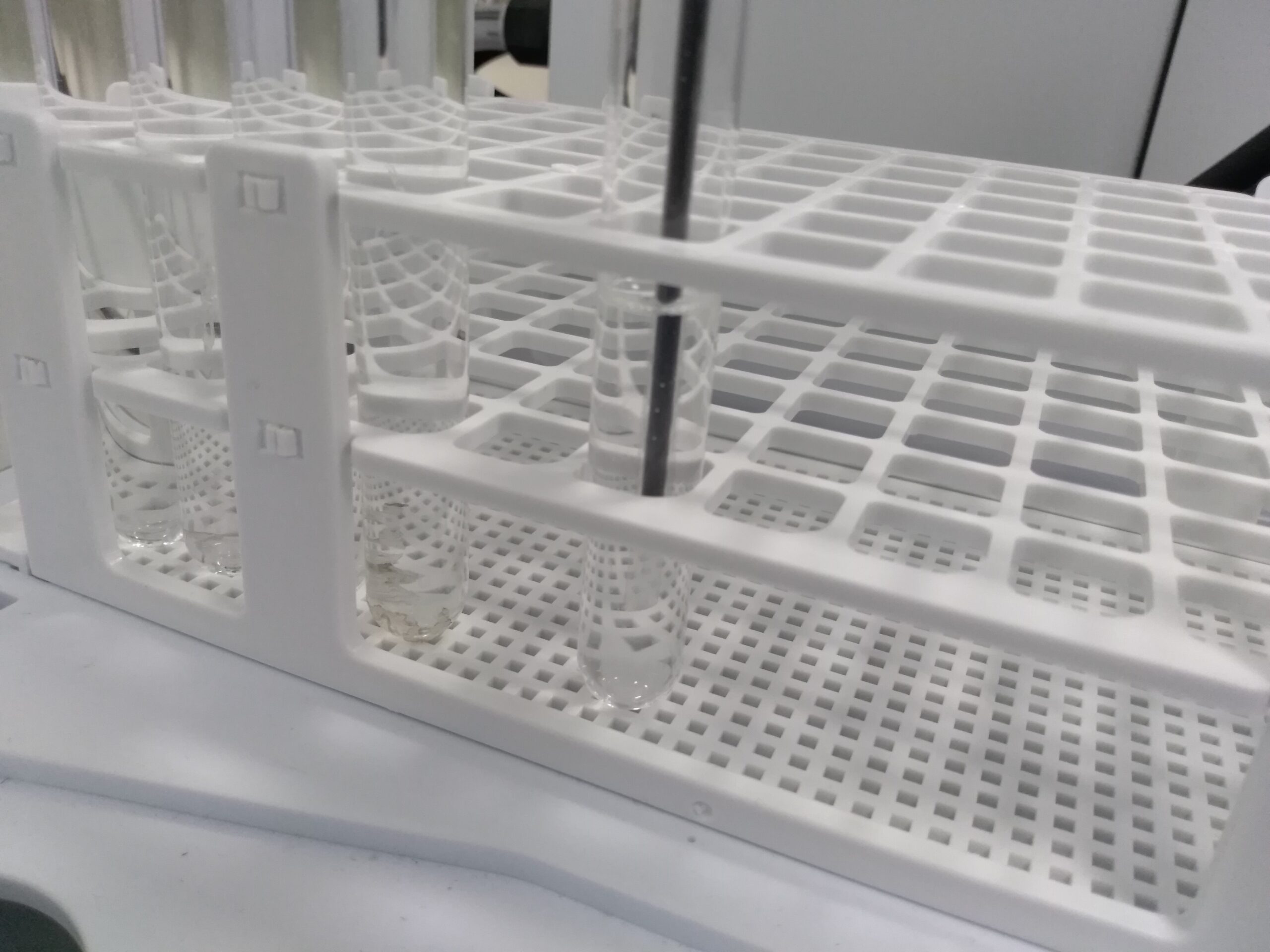Mercury – properties, toxicity and occurrence in water


Mercury (Hg), a chemical element belonging to the group of metals (from the Latin “hydrargyrum”,” meaning liquid silver). It is in a liquid state at room temperature and has a high tendency to evaporate. It has a high resistance similar to that of precious metals (e.g. gold), forms stable mercury-organic compounds with carbon compounds, dissolves many metals and forms alloys or amalgams with them. In nature, mercury is mainly found in the earth’s crust and to a lesser extent in surface deposits, but due to tectonic and hydrothermal processes it migrates from deeper layers to the upper water and land layers of the earth. The best-known European deposits, which yield over 1,000 tonnes of mercury per year, are located in Spain (Almadén), Italy (Monte Amiata) and Slovenia (Idrija) with around 400 tonnes per year.
Mercury was released from granite or basalt rocks through mining. The early history of chemistry and physics is largely due to the knowledge of mercury, whose ability to combine with other metals and its high resistance were already recognised in the first centuries. Mercury was used as a component of numerous devices and instruments, such as thermometers, barometers, light bulbs, galvanic cells and electrodes. Apart from physics and chemistry, mercury compounds were also used in medicine as the main ingredient in medicines and pesticides. However, just as mercury compounds are harmful to unwanted microbial pests, they are also harmful to human health and the environment as a whole.
Interestingly, swallowing liquid elemental mercury poses no health risk, whereas inhaling its vapours does the opposite, as they are easily absorbed in the lungs and enter the bloodstream. Mercury exposure has risen sharply, especially in the 20th century, due to the exponential increase in anthropogenic activities such as the burning of fossil fuels, oil refining, medical waste disposal, nuclear reactor waste, batteries and fluorescent lamps and their incineration. Given the extreme toxicity of mercury, the European Union banned the manufacture of devices or other products containing mercury in 2007, followed by a ban on the use of mercury thermometers and barometers in 2010. Despite these stricter regulations, past contamination with this persistent, stable metal, especially in recent history, has significantly impacted terrestrial and aquatic ecosystems. Mercury poses a particular threat to water, in which its solubility can increase up to 700-fold. Mercury compounds accumulate in high concentrations in biota, i.e. in long-lived aquatic organisms such as marine or freshwater fish like tuna, eel or sea bass, due to processes of bioaccumulation and biomagnification. When humans consume their meat, they are also exposed to mercury compounds that accumulate in their own fatty tissue.
Mercury is classified as a highly toxic category one substance and is monitored as a priority substance in water, biota and sediments. The maximum allowable concentration (MAC) for mercury in water is 0.07 µg/l and 20 µg/l in biota, while in sediments it is only monitored without an established assessment system. At the “Josip Juraj Strossmayer” Water Institute, the concentration of this metal in samples is determined using an ICP-MS device (inductively coupled plasma mass spectrometer). Previous reports on water quality, available at the link provided, have shown that mercury concentrations in biota exceed the MAC value at a large number of monitoring stations, making mercury one of the most important indicators for assessing poor chemical status in the Republic of Croatia. Specifically, the concentrations of mercury and its compounds in biota exceed the MAC value at 92% of monitoring stations for rivers and lakes and at all monitoring stations for coastal and transitional waters in Croatia in 2023. In water, on the other hand, mercury concentrations are within the prescribed limits at almost all monitoring stations for rivers and lakes (99.98%) and at all monitoring stations for coastal and transitional waters.

